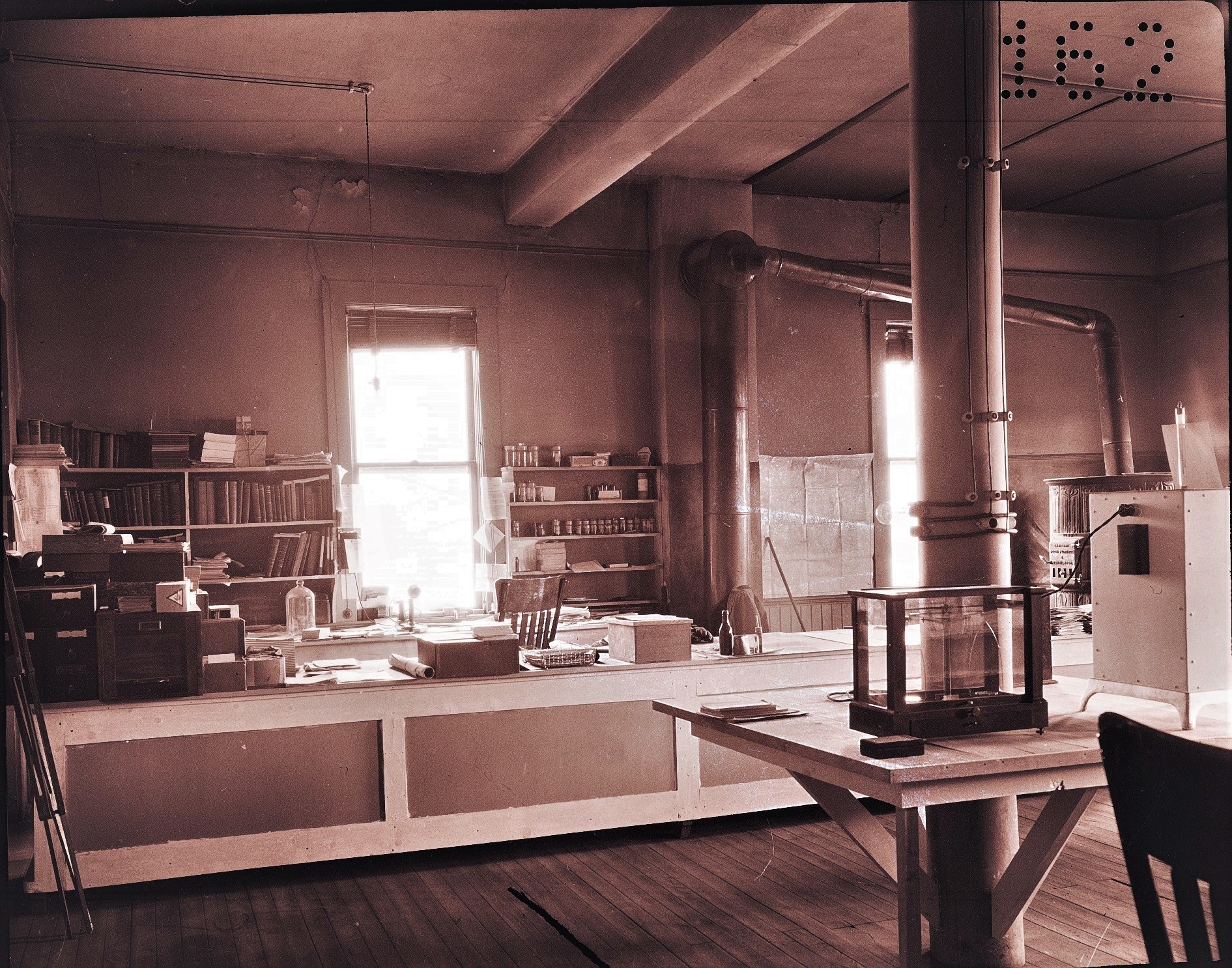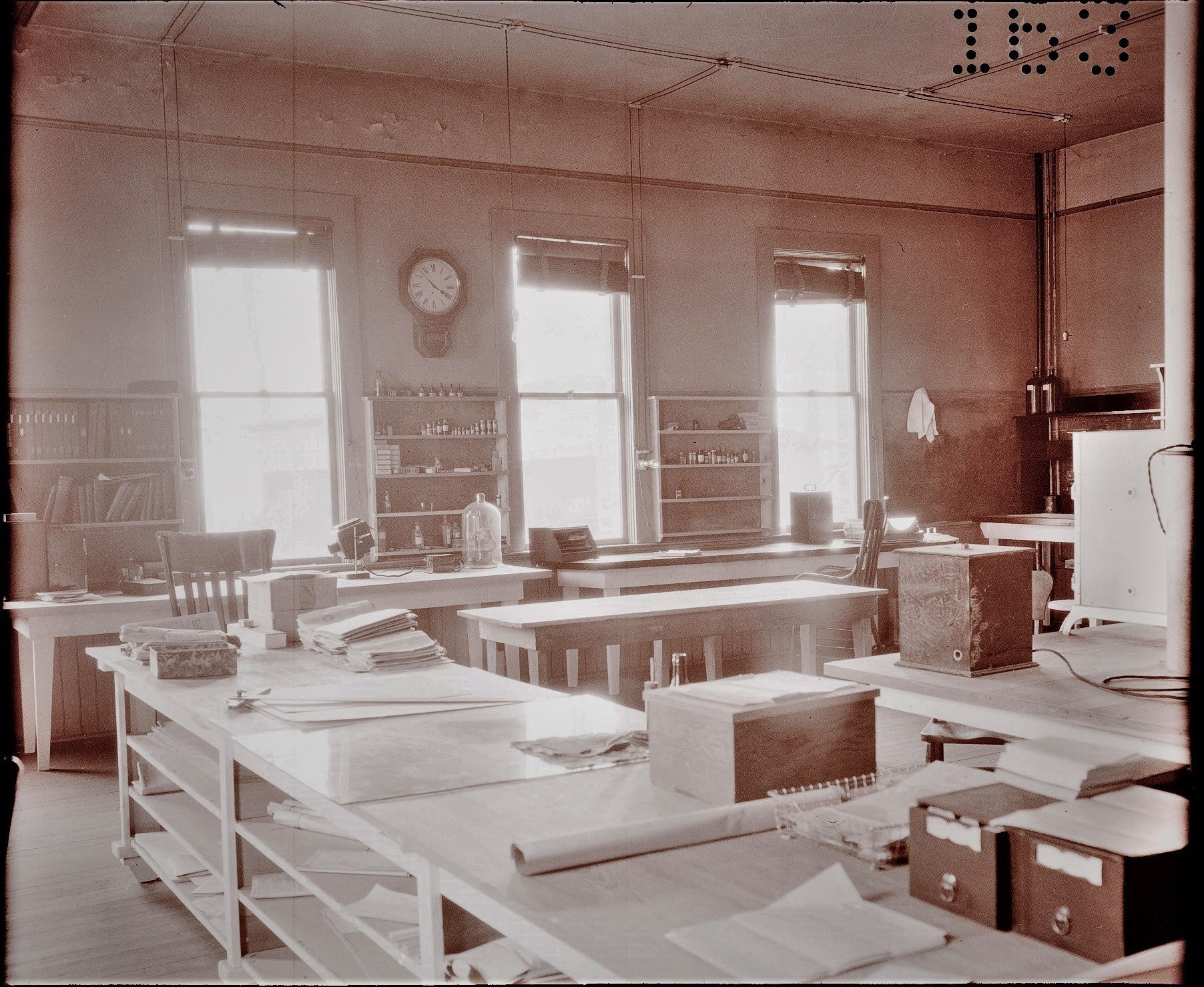From Schoolhouse to Laboratory
When the Canyon Creek Schoolhouse became a laboratory in September 1921, it was initially rented by the Montana State Board of Entomology for $15 a month because the U.S. Public Health Service was not yet involved in the tick studies. But once the federal agency had sent Dr. Roscoe Spencer and other officers to help the investigation, the laboratory became a field station of the Public Health Service. Citizens of the Bitterroot Valley helped to renovate the schoolhouse into a laboratory with some aid from Red Cross donations. A fence was built to help keep people and non-laboratory animals out—and to keep infected animals in.
...
| Div | ||||||||||||||||||||||||
|---|---|---|---|---|---|---|---|---|---|---|---|---|---|---|---|---|---|---|---|---|---|---|---|---|
| ||||||||||||||||||||||||
|
| Div | ||||||||||||||||||||||||
|---|---|---|---|---|---|---|---|---|---|---|---|---|---|---|---|---|---|---|---|---|---|---|---|---|
| ||||||||||||||||||||||||
| Div |
| desktop:
| col-6||||||||||||||||||||||
| Div | ||||||||||||||||||||||||
| ||||||||||||||||||||||||
| Div | ||||||||||||||||||||||||
| ||||||||||||||||||||||||
| ||||||||||||||||||||||||
| Div | ||||||||||||||||||||||||
| id | grid-row grid-gap
The researchers developed their own equipment over the years at both the Canyon Creek Schoolhouse Laboratory and the later Building One laboratory building. They adapted and invented equipment to both keep them safe from tick bites and to make their jobs a little easier. Dr. Robert Cooley, head entomologist, took these photos of some of their inventions in 1931 after they had moved to Building One.
| Div | ||||||||
|---|---|---|---|---|---|---|---|---|
| ||||||||
| id | grid-row grid-gapThese cabinets were designed to heat the clothes that the workers wore in the laboratory to a temperature high enough to kill any ticks hiding in them.
| |||||||
| Div | ||||||||
| Div | |||||||
|---|---|---|---|---|---|---|---|
| |||||||
Grinding so many ticks by hand would have been tiring; it would also have slowed down production of the Rocky Mountain spotted fever vaccine for use around the United States. So the researchers used an electric motor (right) to drive a crank and shaft device that moved a pestle in a mortar (bowl on stand on left). This machine was a prototype for later automatic tick grinders that could handle increased production without injuring anyone’s elbow.
|
| Div | |||||||
|---|---|---|---|---|---|---|---|
| |||||||
Several “guns” were developed too. One separated adult living tick parasites from the tick nymphs they had destroyed. This one was used to separate adult ticks from their nymphal skins. These tools were also an attempt to increase the efficiency of making the Rocky Mountain spotted fever vaccine.
|








